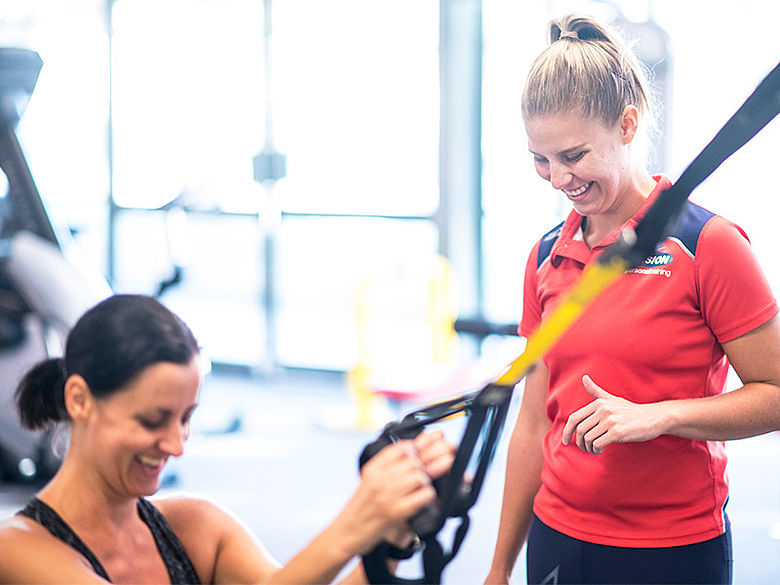We know that strength training improves our health, helps us move better, hold a proper posture, protects bones and joints when moving and under impact and many other benefits by strengthening our muscles, tendons, and even the ligaments and bones. For those reasons strength training is a very important tool for injury prevention.
Here are four tips for when we're dealing with injuries:
1. An injury is not an excuse to stop training.
As trainer we often hear “I’ve injured my “body part” what can I do?” Let’s firstly state the answer is NOT just rest. Indeed, spending 3 to 5 weeks immobilised can lead to a 50% muscle mass loss. Don’t get me wrong, you shouldn't return to training until the pain, swelling, and stiffness have improved a lot. Pushing yourself too soon could increase the recovery time and/or lead to aggravation of your injury. The rehabilitation phase then needs to start as soon as possible but what if I told you that training the uninjured side can have benefits on the injured side? Sounds amazing right!
2. Don’t neglect the uninjured side.
The cross education is a phenomenon whereby training one side of the body results in an increased strength of the OPPOSITE side of the body.
3.Cross-education can result in a 18-29% gain in strength of the opposite side.
The strength gains varies based on the length and type of training, but a 2018 meta-analysis shows a strength gain of:
- 18% in younger populations,
- 15% in older populations, and
- 29% in a patient population (post-stroke, neuromuscular disorders, and osteoarthritis patients).
4. Use unilateral exercises and specific training parameters for greater changes
To maximise the effectiveness of the cross education, the training parameters (sets/reps/contraction type) are
- 3-5 sets.
- 8-15 repetitions.
- Eccentric contractions.
- Rest times of 1-2 minutes between sets.
4 potential uses of the cross-education effect include:
- Shoulder pain, unable to bench press or overhead press at usual weights? Use dumbbells instead, continue training the uninjured side at 100%, and do what you can perform on the injured side (lighter weight, band or even body weight).
- Broken leg and in a cast for 6 weeks? Do single-leg exercises for the uninjured side i.e. leg press, leg extension, leg curl, single leg squat, calf raise, to slow the decline in strength of the injured leg.
- Acute knee or elbow osteoarthritis? Train the other side to take advantage of a 29% gain!
- Shoulder or ACL reconstruction? Early in the rehab process whilst not able to do much on the operated side, keep training the opposite side!
The cross education can be use with ANY injury that results in an inability to perform your usual resistance.
But how is that possible? No answers yet on the exact mechanisms but the leading theory is that the strength gains on the untrained side are neurally driven. This idea is based on the body strive on symmetry.
Resources:
https://www.healthhp.com.au/post/training-the-opposite-side-the-magic-of-the-cross-education-effect

